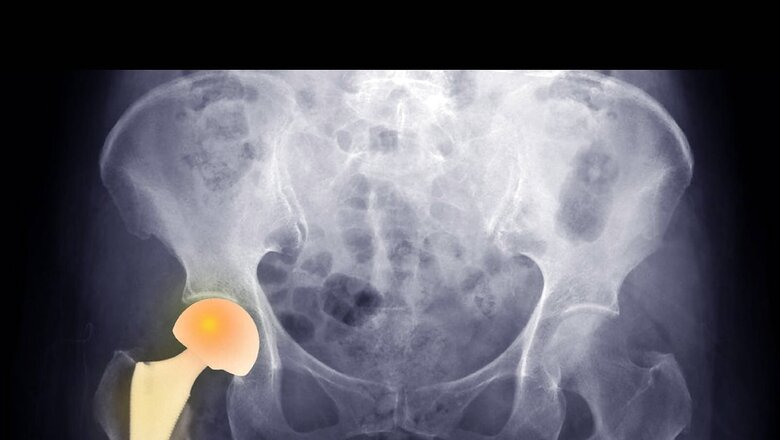
views
Total Hip Arthroplasty (THA) is deemed to be one of the most successful surgical procedures available throughout healthcare. The modern THA was pioneered by Sir John Charnley, a British based surgeon at Wrightington Hospital, UK in the early 1960’s. Ever since, there has been focus in different areas of THA every decade for improving the outcomes. The new hot topic for the third decade of this millennium is use of robotics in THA. Robotic THA was first performed in 1990’s and there were concerns if the new technology will improve the outcomes in patients undergoing THA.
Apart from patient factors, the success of THA largely depends on surgeon factors. One of the most important surgeon factors affecting the success of this procedure is positioning and placement of implants. According to the data from National Joint Registry UK, dislocation is the most common cause for revision of hip surgery.
Improper placement of the components will most commonly lead to hip dislocation. Even in experienced hands with high surgical volume, there is a range of component positioning. Improper component positioning can also result in impingement of the hip and accelerated wear of implants, periprosthetic fracture which will all require revision hip surgery. Robotic assistance in THA has demonstrated perfect component positioning and reproducibility in every patient with diverse anatomy and pathology 100% of the time.
Another consideration of robotic assisted THA is maintaining stability with preservation of as much acetabular and femoral bone stock as possible. If the incidence of revision hip surgery arises in these patients in the future, increased preservation of bone stock in the primary surgery will make the revision surgery less complex.
Incorrect implant placement will also result in leg length discrepancy which will result in patient dissatisfaction and inferior outcomes. However, in robotic assisted THA, there is maintenance and improvement of leg length equality.
Robotic assistance in THA improves the accuracy of implant placement in THA as it is designed for each patient’s individual anatomy. This tool could also be used to provide training opportunities for junior surgeons in a controlled environment.
Read all the Latest Lifestyle News here




















Comments
0 comment